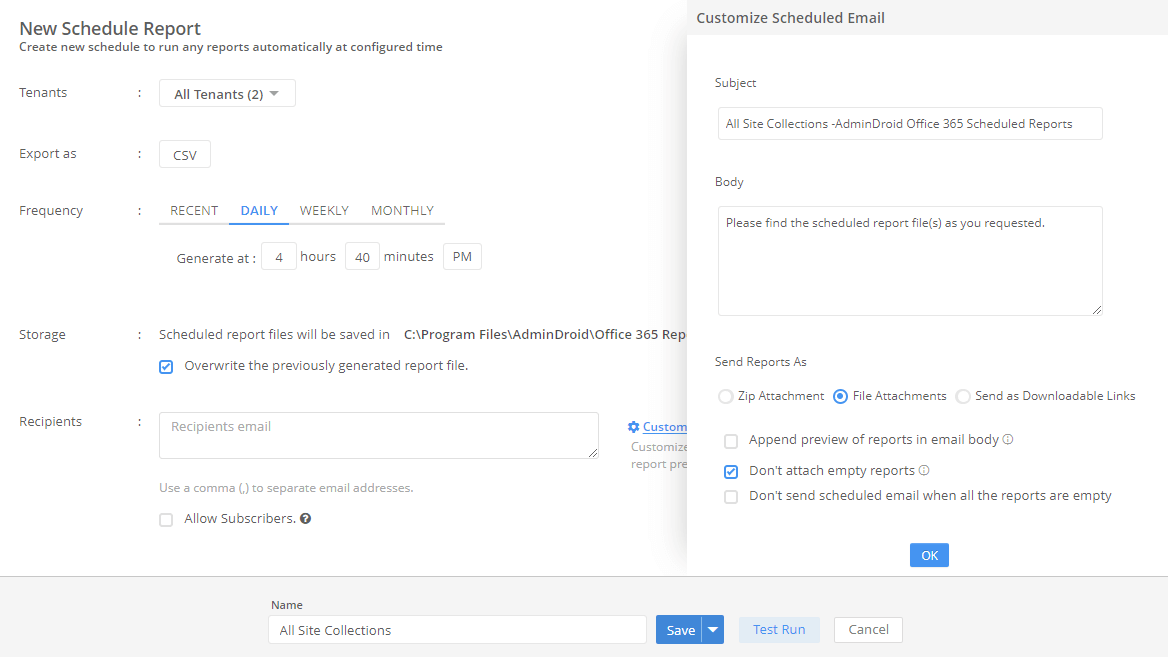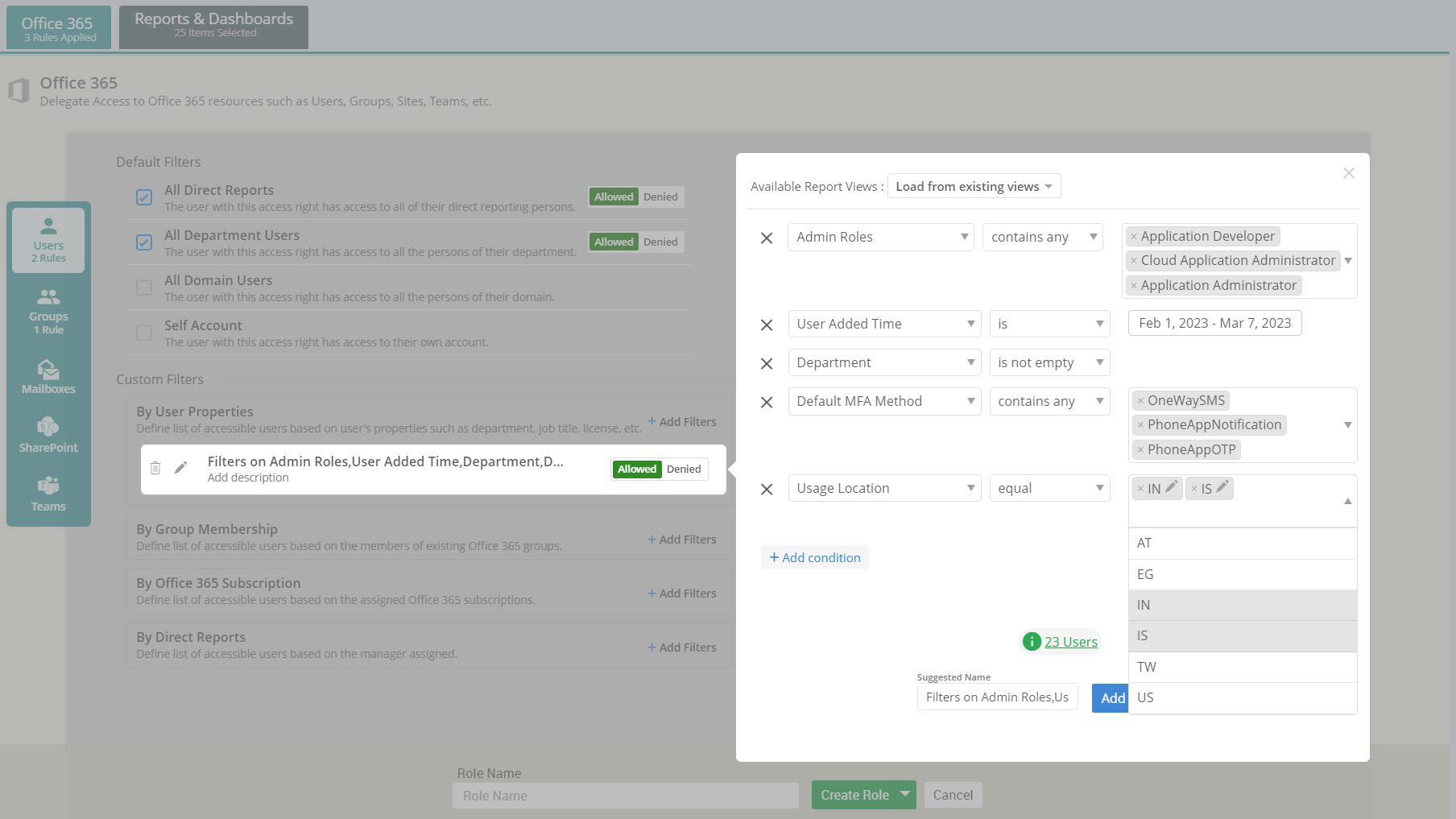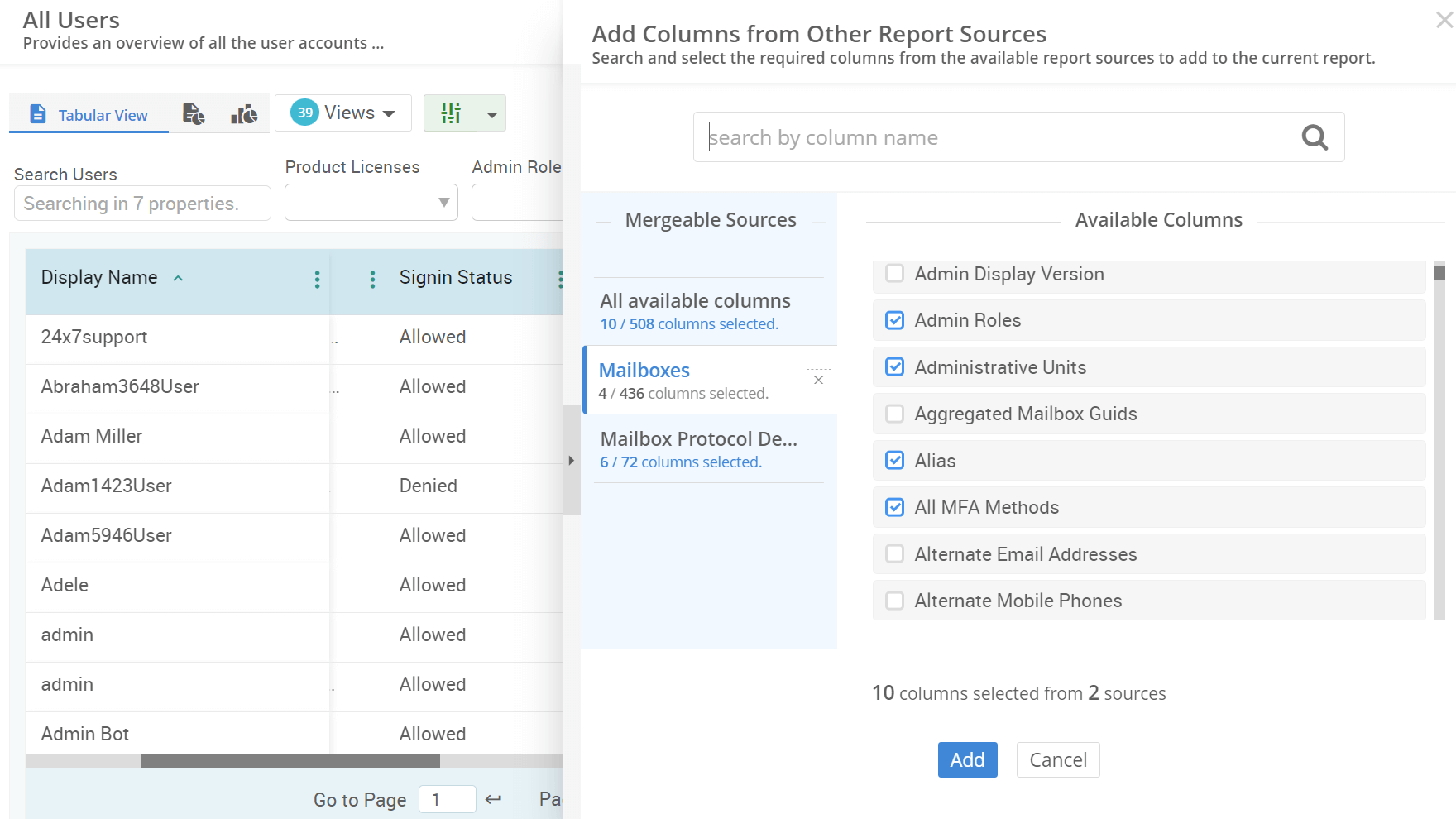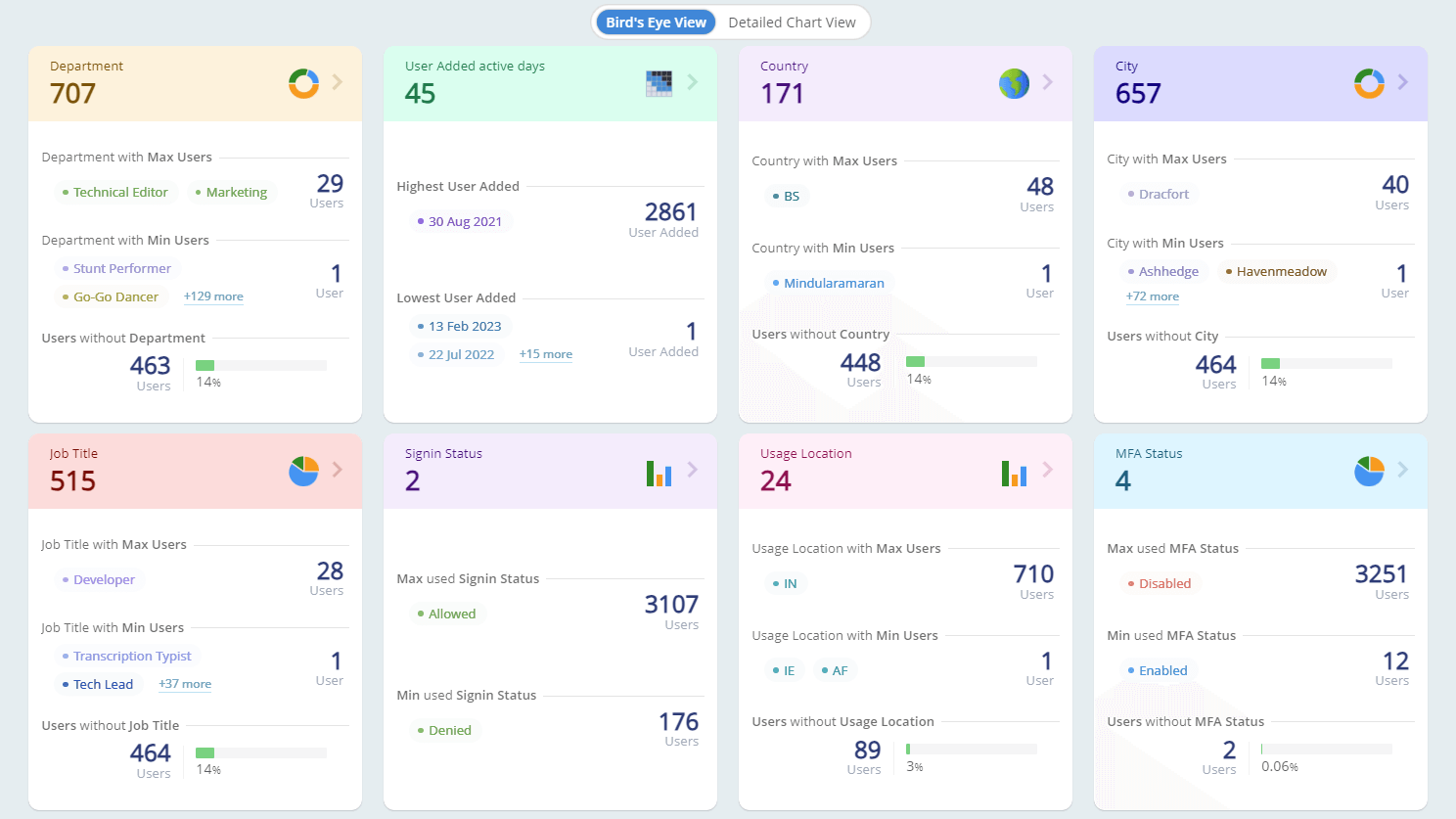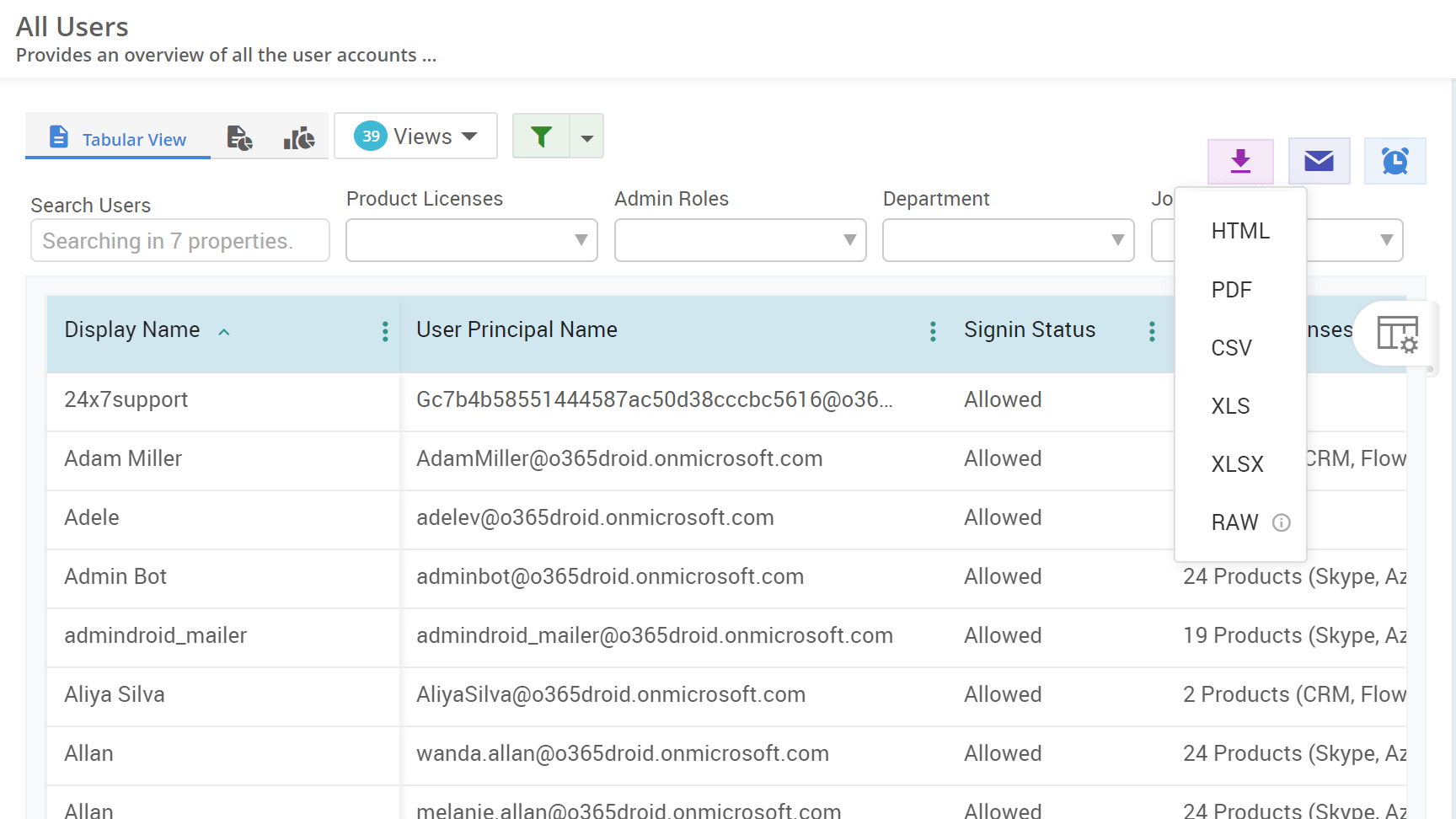Managing dynamic distribution groups is essential for ensuring accurate message delivery and streamlined team collaboration. To ensure they function optimally, it is crucial to implement best practices for maintaining security and effective communication.
Admins can enhance security by restricting mail senders to dynamic distribution groups, allowing only authorized users to send messages. This measure enhances the group's security by reducing the risk of unauthorized communication and ensuring that only approved users can interact with the group.
Set-DynamicDistributionGroup –AcceptMessagesOnlyFrom <UserPrincipalName>
#In the pipeline, enter the identity of the dynamic distribution group to authorize the specific user to send emails to the dynamic distribution list.
Additionally, admins can assign Send As or Send on Behalf permissions to trusted users to ensure that the emails are handled correctly, maintaining communication integrity and authority.
Run the below cmdlet to configure send as permission for a user in dynamic distribution group.
Add-RecipientPermission -Identity <GroupEmail> -Trustee <UserPrincipalName> -AccessRights SendAs
#In the pipeline, you will be asked for confirmation of the process.
To configure send on behalf permission for a user in dynamic distribution group, run the below cmdlet.
Set-Mailbox -Identity <GroupEmail> -GrantSendOnBehalfTo <UserPrincipalName>
#In the pipeline, you will be asked for confirmation of the process.
Managing dynamic distribution groups involves tracking overall changes within the groups and their memberships. This helps prevent miscommunication and ensures sensitive information reaches only the appropriate users.
Search-AdminAuditLog -Cmdlets 'New-DynamicDistributionGroup', 'Set-DynamicDistributionGroup', 'Remove-DynamicDistributionGroup' -StartDate (Get-Date).AddDays(-30) -EndDate (Get-Date) | Select-Object RunDate, UserId, CmdletName, ObjectModified, Parameters
Monitor the changes in dynamic distribution group effectively!
Admins can monitor dynamic distribution groups changes using AdminDroid's comprehensive report. This report includes details such as event time, performed operation, user who performed the action, and the dynamic distribution group where the change is performed.
By utilizing AdminDroid's advanced alerting feature, you can effortlessly create a Quick Alert that notifies the admins whenever changes occur to a dynamic distribution group.











